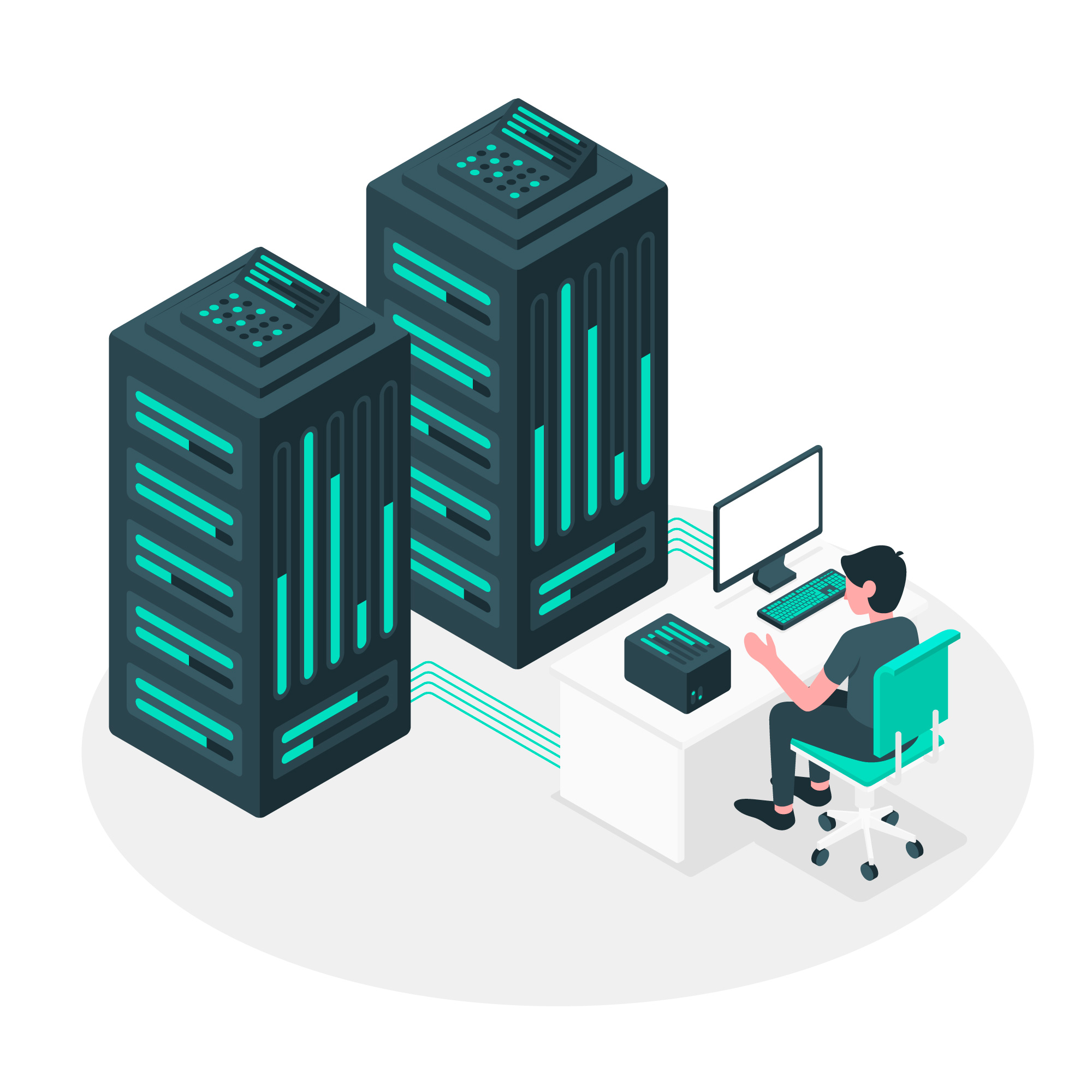
What is On-Premise?
On premise technology - also known as on location or in house - is the traditional alternative to cloud-based solutions. On-premise software, infrastructures and platforms are based at your business's physical location and are managed and maintained by your own employees.
These types of on-location solutions present an alternative to cloud-based services, which involve accessing and storing information and applications that are hosted remotely through the Internet, rather than on physical hard drives or servers at your company's office.
Voxpro Solutions offers a wide range of solutions, including on premise, cloud-based (public or private) and hybrid cloud options. The type of technology that works best for your company will depend on your unique business needs.
On Premise Solutions can offer your company the following potential advantages:
1. Security
With on premise infrastructure that isn't accessed through the Internet, your data is secure, and your company has complete control over it. You can also verify that your virus protection is up-to-date, since your company's IT staff can make sure the most recent security patches and software updates take effect as soon as possible.
2. Complete ownership
An on premise system ensures that your company maintains 100 percent ownership of its data.
3. Customization
In-house solutions allow for extensive customization to meet your business needs, as well as integration with other infrastructure.
4. Control over system availability and uptime
With on premise equipment and infrastructure, you can control the frequency and timing of system checks and maintenance.
5. Ongoing maintenance and hosting costs
Owning your own infrastructure, software and platforms means that you won't have to pay a third party to maintain them.
6. Ease of integration
Your company's intranet will facilitate transferring data and integrating your on premise solutions with other infrastructure. However, on premise technology also comes with a few potential downsides that you'll want to keep in mind.
7. Space requirements
Your company needs to have the physical space available to properly house on premise infrastructure, and you'll also need to secure that area to prevent unauthorized access.
8. Implementation speed and expense
Hosting and housing your own equipment will require a significant upfront investment of time and effort. The company might also have to buy new hardware or software.
9. High-effort maintenance
Your company's IT staff will be wholly responsible for ensuring system availability and managing disaster recovery.
10. Responsibility for upgrades
On-premise solutions require your business to spend the time and the money necessary to implement needed upgrades.
11. High-effort security
Making sure your on premise system stays secure requires additional labor and software.
12. Scaling challenges
An on premise infrastructure that you own could require a significant amount of effort and resources to scale up or down.
Limited accessibility for mobile workers. While employees in the office can easily access an on premise solution, people working remote or traveling will have to take additional steps, such as using a VPN to access internal applications and resources. Additionally, if there are issues with your on premise system and you're working remote, your lack of ability to troubleshoot off-site could leave you without access to important information in an urgent situation.
Overall, on premise technology presents many possible benefits and drawbacks, depending on your company's needs, resources and objectives. To learn more and get assistance in deciding whether or not on premise is right for you.